On relating Chinese and Japanese Gardens
edzard
19 years ago
Related Stories
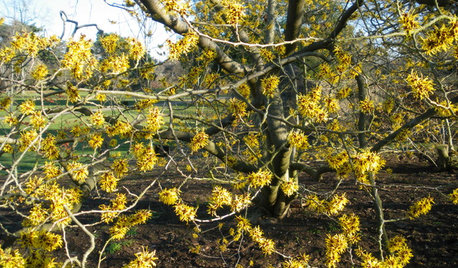
GARDENING GUIDESGreat Design Plant: Chinese Witch Hazel
Brighten up your February with this easy tree's sunny winter blooms
Full Story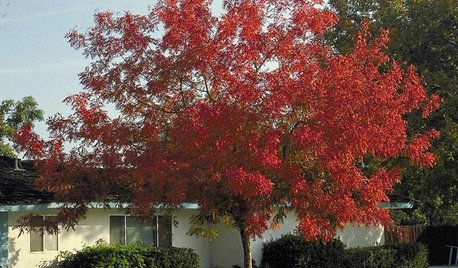
RED FOLIAGEGreat Design Plant: Chinese Pistache
Versatile and easygoing, this tree puts on a guaranteed fall spectacle in the landscape
Full Story
GROUND COVERSNative Alternatives to English Ivy, Japanese Pachysandra and Periwinkle
These shade-loving ground covers are good for the environment and say something about where you are
Full Story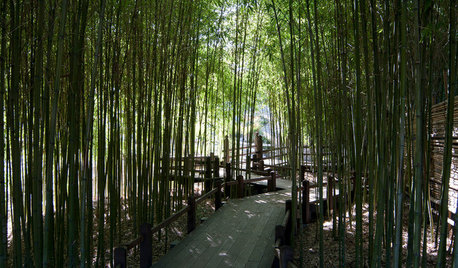
INSPIRING GARDENSStroll Through a Magnificent Japanese Garden, Newly Renovated
Get a glimpse of the Huntington's Japanese Garden today along with its storied past in a glossy new book
Full Story
SHOP HOUZZShop Houzz: It’s All Relative
Albert Einstein was a man of many interests who changed the world
Full Story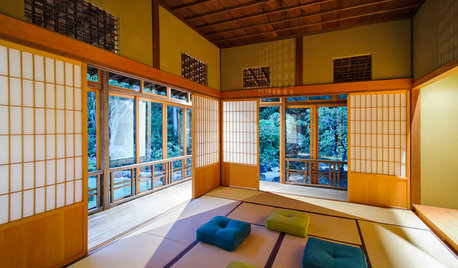
ARCHITECTURE12 Elements of the Traditional Japanese Home
Privacy, natural light and harmony with nature are enhanced through these design features
Full Story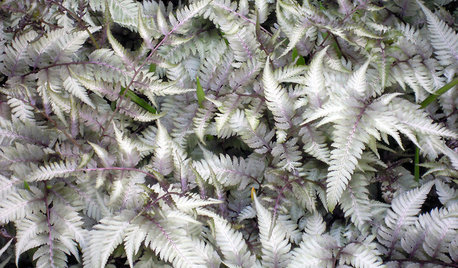
GARDENING GUIDESGreat Design Plant: Japanese Painted Fern Weaves a Garden Tapestry
Bring striking colors and texture to your woodland garden with Athyrium niponicum var. pictum
Full Story
GARDENING GUIDES12 Japanese Maples for a Sunny Garden
The right maple in the right place shines in hot summer sun
Full Story
TREES11 Japanese Maples for Breathtaking Color and Form
With such a wide range to choose from, there’s a beautiful Japanese maple to suit almost any setting
Full Story
GARDENING GUIDESGreat Design Plant: Japanese Anemone
This autumn bloomer's showy white blossoms add spark to your late-season plant mix
Full StorySponsored


Niwashisan
nachodaddy
Related Professionals
Folsom Landscape Architects & Landscape Designers · Middle Island Landscape Architects & Landscape Designers · East Patchogue Landscape Architects & Landscape Designers · Finneytown Landscape Architects & Landscape Designers · Westwood Landscape Contractors · Camp Verde Landscape Contractors · Elkridge Landscape Contractors · Lakewood Landscape Contractors · Palos Verdes Estates Landscape Contractors · Tavares Landscape Contractors · Auburn Decks, Patios & Outdoor Enclosures · Bellingham Decks, Patios & Outdoor Enclosures · Cape Coral Decks, Patios & Outdoor Enclosures · Fresno Decks, Patios & Outdoor Enclosures · Harrisburg Decks, Patios & Outdoor EnclosuresedzardOriginal Author
edzardOriginal Author
DonPylant
DonPylant
Niwashisan
bluebamboo
Niwashisan
edzardOriginal Author
nachodaddy
gardenberry
ScottReil_GD
LouisWilliam
ScottReil_GD
yama
edzardOriginal Author
yama
inkognito
edzardOriginal Author
george_in_the_uk
nachodaddy
inkognito
yama
inkognito
yama
nachodaddy
yama
edzardOriginal Author
inkognito
edzardOriginal Author
RckyM21
edzardOriginal Author
yama
yama
edzardOriginal Author
ScottReil_GD
inkognito
edzardOriginal Author
yama
yama